Regional
DRC creates new militia along border with Rwanda
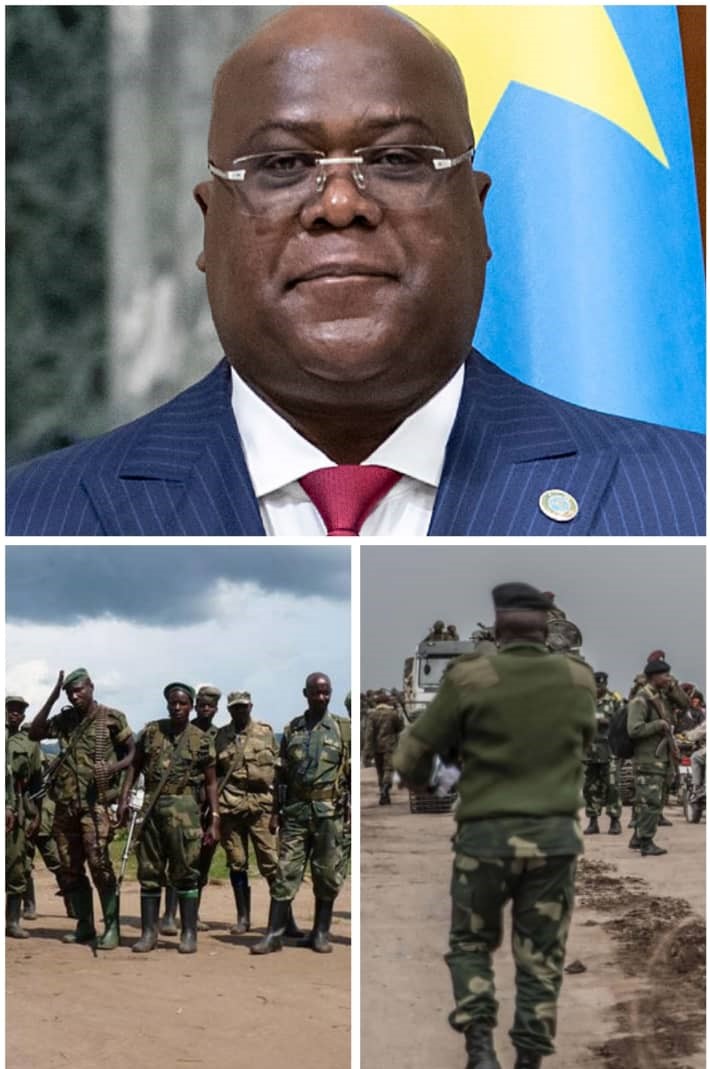
For
decades, the east of the Democratic Republic of Congo (DRC) has been a safe
haven to more than 120 armed groups, creating an ongoing insecurity crisis in
the region. To date, instead of fighting and disarming these militias, more are
being created.
According
to several reports, on April 12, in Kibumba, in Nyiragongo territory, fights
between the East African Community Regional Force (EACRF) and armed men
believed to be part of a local armed group, were reported.
The
perpetrators of these violations are members of a new militia called EPLC (La Force de l’Eveil Patriotique pour la
Liberation du Congo), often calling themselves ’wazalendo’, loosely translated
to "patriots or nationalists".
This
group is reported to have established its camp in the Kibati general area,
particularly in, Shaeru, Muja, and Mutaho. This area is closer to the Rwandan
border and is in control of terrorist armed groups like FOCA/CRAP, Nyatura MPA,
and APCLS.
A
FARDC officer, Gen Bahati Mulombo Ndabundugu, who is former member of PARECO,
an extremist Hutu militia operating in eastern DRC, leads the group. The main
intent of EPLC is to fight the M23 and anyone they do not see as ‘Congolese,’
in this case the Tutsi whom they often call ‘Rwandans’.
While
narrating to the media how the events of April 12 unfolded, a member of the group said they are
vigilantes whose aim was to verify if the M23 had truly evacuated Kibumba, to
which he says they still found the rebels and killed them. But the facts on the
ground were different. The extremists killed 35 Congolese Tutsi civilians before
they were repelled, and arrested by the regional force, unharmed.
Estimated
to be made of more than 120 combatants, the EPLC, are civilians coming together
to massacre their compatriots, whom they consider to not be Congolese, in their
own words, ‘putting matters in their own hands’ and defending their country
from the ‘enemy’.
But
after all, these dangerous young men are only heeding the call of their
President, and doing what he sent them to do. It comes to no one’s surprise
that this attack is a clear evidence that the population are implementing
Tshisekedi’s call.
In
November 2022, addressing the nation, President Félix Tshisekedi rallied young
Congolese to organize themselves into vigilance groups, to accompany and
support the security forces in what he called a ‘hefty mission’.
The
Congolese leader made the call in response to
what he alleged was a Rwandan “aggression” – reference to claims that Kigali is
militarily supporting the M23 rebel movement in DRC's east.
On top of all these attacks and camping near the border
with Rwanda, which clearly poses a threat, one might expect Kinshasa to
condemn these acts that not only violated the ceasefire, but also launched
attacks against civilians and the regional force working hard to keep peace. Instead,
they blamed the M23 rebels for the attacks, and white washed their crimes.
While
addressing the media in Goma on April 17, DRC Government Spokesperson, Patrick
Muyaya, said that the ‘real criteria’ of Wazalendo,
are people who respect human rights and respect the laws of the country,
and that whoever ignored this, would be treated as an enemy of the country.
The
fact that this armed group was created by a FARDC General was not denounced by
the DRC government either. Nor did they condemn his violent actions. This is more
evidence that the group was created by Kinshasa with intent to merge them to
the current FARDC-FDLR-MAI MAI coalition to fight the M23.
Additionally,
it is a well-known fact that Tshisekedi has not been happy about EACRF
deployment. On several occasions, government officials have accused the force
of helping the M23 instead of fighting them. These renewed attacks only show
that Kinshasa seeks to re-occupy these territories and violate the ceasefire,
imposed by the Luanda agreements.
Tshisekedi
is strategically taking advantage of the low deployment of the regional force
in these areas.
He
is sending the EPLC to fight the M23.
And
his militia group is killing Congolese Tutsi civilians on the pretext of
‘fighting the enemy’.
Kinshasa’s
lack of political will in solving these insecurity issues is obvious.
The
moment one step in restoring peace is taken, Kinshasa makes five more steps behind
and finds another way to disrupt any efforts made towards finding peace.
With
less than eight months to the elections, Tshisekedi is convinced that wreaking
more havoc in the east of the country, by forming new militias and causing
chaos, will make it impossible to hold elections, effectively allowing him to
stay in power without going through elections.
Tshisekedi
has always known that he is unpopular and cannot win the elections. Having
antagonized and alienated his predecessor, Joseph Kabila, who helped him steal
the last election, Tshisekedi knows he is on his own and must therefore
improvise.
Disrupting
the upcoming election, Tshisekedi decided, was the only way out.
For
Tshisekedi, the end will, surely, justify the means.
The
problem, however, is: he is not so sure what tomorrow brings.
And,
his urge to play with fire, especially after opting to cooperate with the
genocidal militia that committed the 1994 genocide against the Tutsi in neighboring
Rwanda, is recipe for disaster.



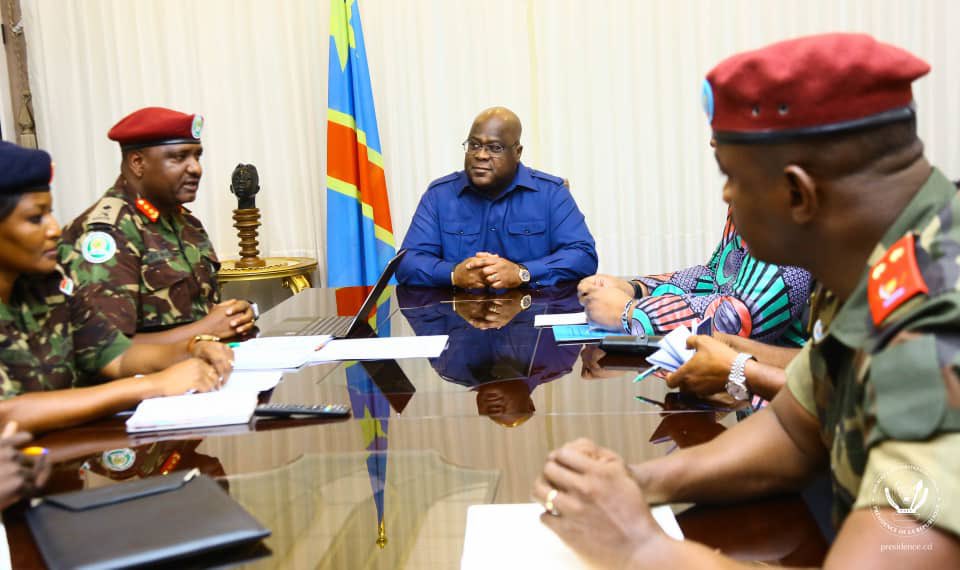
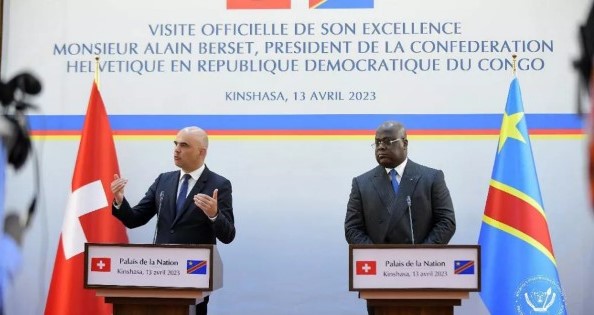
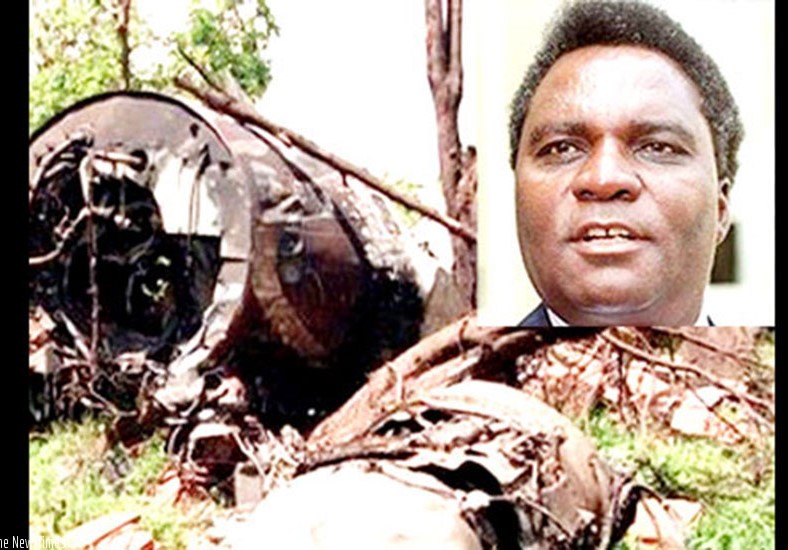
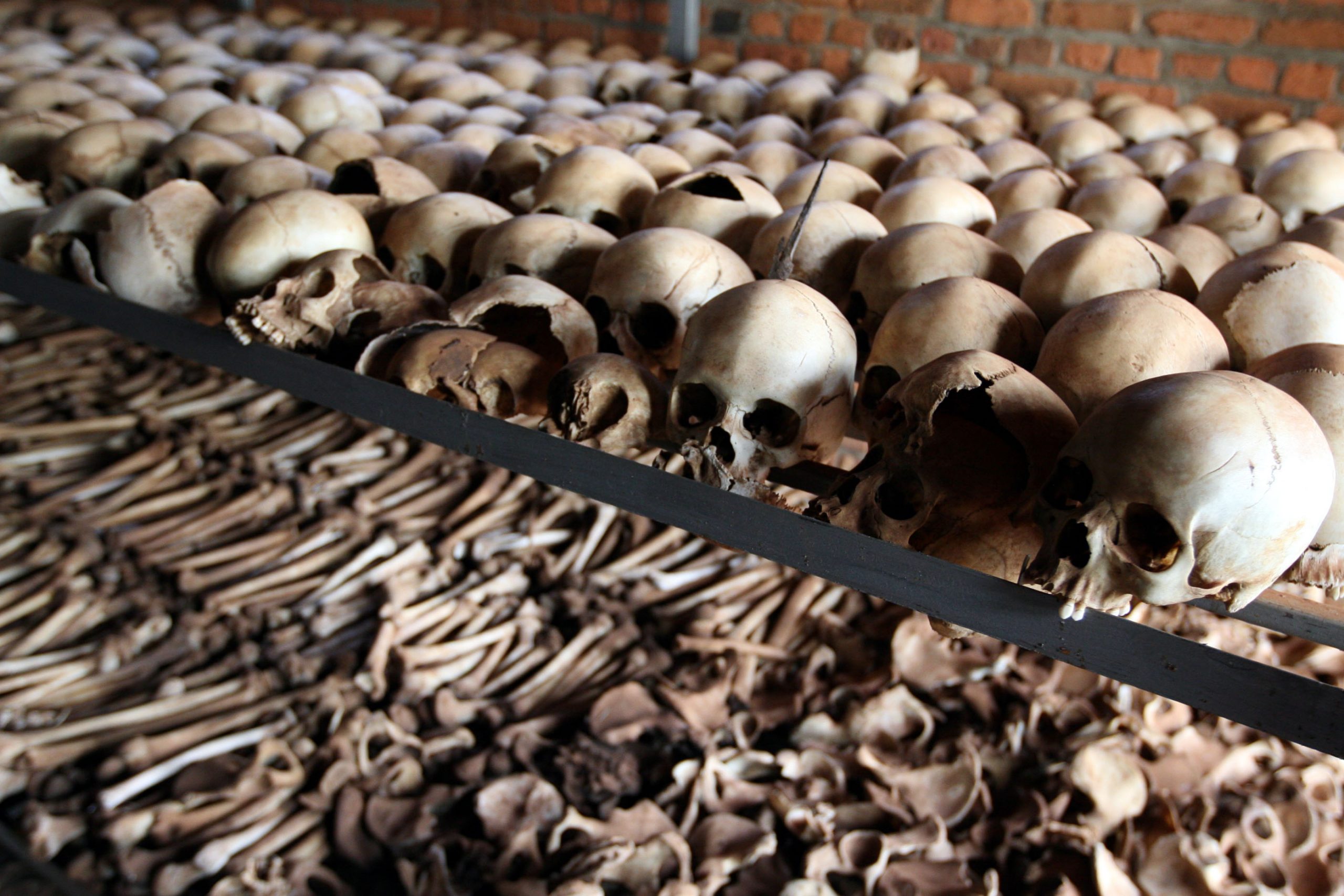
.jpeg-20230411051445000000.jpeg)